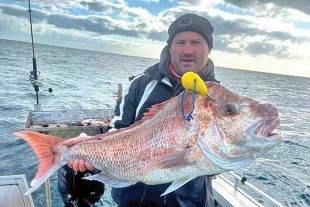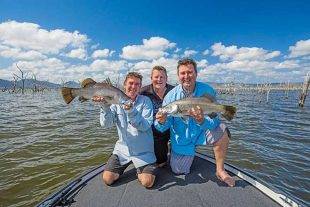IT’S almost June at last and that means a couple of things. One, it’s the end of a hot, extended summer, and two, it’s now flathead season around my area.
And as you probably know, I love catching flathead. I was lucky enough to see the start of the season and my clients and I have picked up a few fish. Most of the flathead we’ve caught have not been taken in my conventional way of casting up in the shallows. We have predominantly hooked the flathead in deeper water of 3-6m under large bait schools.
As the water cools, many of these fish should move into the shallower water where you can target them in the drains that run off mud banks at low tide and by casting plastics at the mangrove line on higher tides.
I will now go over the basic gear I use to chase flathead:
Rod & Braid
I like to target flathead on a 2-4kg graphite rod with a 2000-2500 spin reel spooled with 4-6lb braid and 10-15lb leader. If you’re just starting out, a medium-quality rod of $100-$150 is ideal and your reel needs to have a smooth drag.
The Wilson Magnum rods and reels I have been using on my boat for the past two years are definitely worth looking at because they are very good quality for the money. With your braid and leader, you’re looking for the finest diameter you can buy in the above line classes.
The finer braid will help you cast a lightly weighted plastic further, which in turn helps you to stay further away from the fish you are targeting in order not to spook them. Also, the longer the cast, the longer the retrieve and the more ground you cover with your plastic.
As we know, flathead are ambush predators that just sit and wait for something to swim over their heads. The reason you want a reel with a smooth drag is because you are using light line and flathead often leave everything until they get right near the boat when they go nuts.
The rod will be bent over, the braid and fluorocarbon leader have no stretch and when the flatty takes those last runs beside the boat, the only thing that’s going to stop the hook pulling or line snapping is a quality drag that is set correctly.
Jig Heads & Hooks
For jig heads, the size you need depends on the depth you’re fishing and the amount of current. Jig head size will range from 1/8oz right up to 1/2oz. In the areas I fish we usually use 1/8oz or 1/4oz. However, if you were fishing around Jumpinpin or in areas with a lot of current you could use that 1/2oz size.
A 2/0 or 3/0 hook seems to be a good size for flathead of about 45cm right up to those big girls in the high 80s. This brings us to the big one: what plastics we use.
Plastics
Flathead will take everything from jerk shads to curly tails, paddle tails and hard-body lures, but in southern Moreton Bay my preference is for paddle tails or soft vibes such as the Zerek Fish Trap.
I like these lures because most of the flathead we catch around the bay islands are big, fat, lazy fish that live in black mud where the water visibility is quite low, so the fish use their big long lateral lines to sense the vibrations of the lures.
I use a 4” plastic most of the time and usually in darker colours because as I said the fish live in water that is quite dirty. These colours can range from dark brown to green and right up to pumpkinseed.
If you’re around Jumpinpin chasing flathead, don’t be afraid to troll small hard-bodies such as Zerek Tango Shads because they’ve caught an amazing number of flathead in the nice clean water there. A rough depth to troll in is from 0.8m to 1.4m.
Have a look at big sandbanks that are covered by about a metre of water at high tide and then the surrounding drop-offs when the tide runs out.
I really don’t mind using a shorter rod with a baitcaster reel for trolling. Whether a baitcaster or spinning reel, I usually run 4-6lb braid and 8-12lb leader. My trolling speed is usually determined by having the engine running at idle. Hopefully these tips will help you catch a few flatties this winter.
If you would like to join me on a charter, phone 0433 732 310, visit www.moretonbaycharters.com.au or go to the Moreton Bay Charters Facebook page.
Until next month, stay safe on the water.
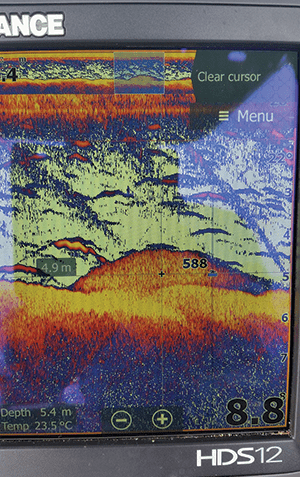
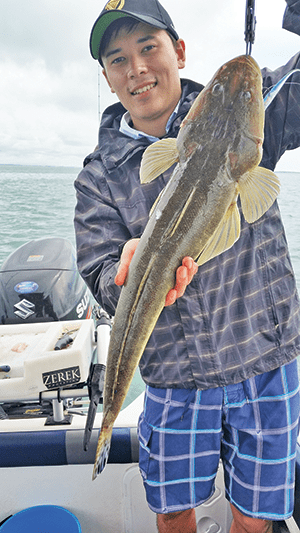
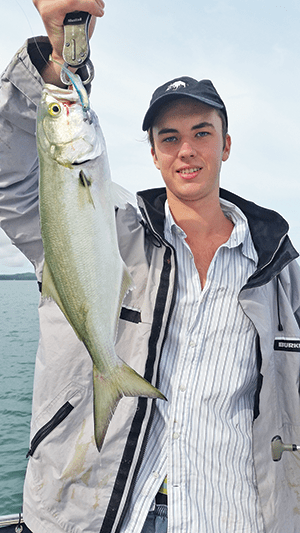
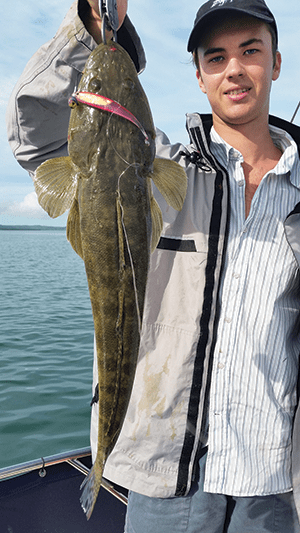
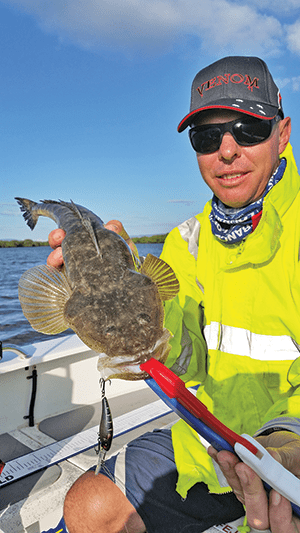
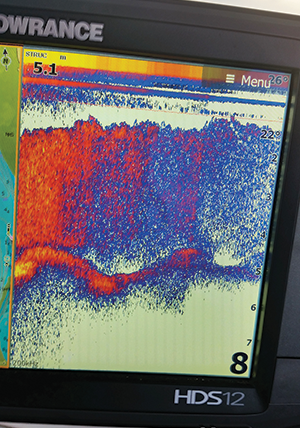
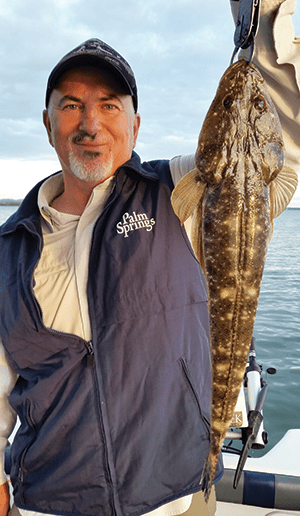
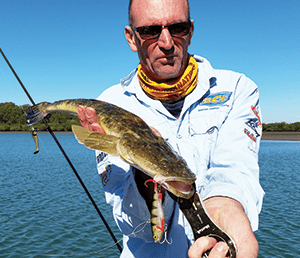
 Bush 'n Beach Fishing Magazine Location reports & tips for fishing, boating, camping, kayaking, 4WDing in Queensland and Northern NSW
Bush 'n Beach Fishing Magazine Location reports & tips for fishing, boating, camping, kayaking, 4WDing in Queensland and Northern NSW







